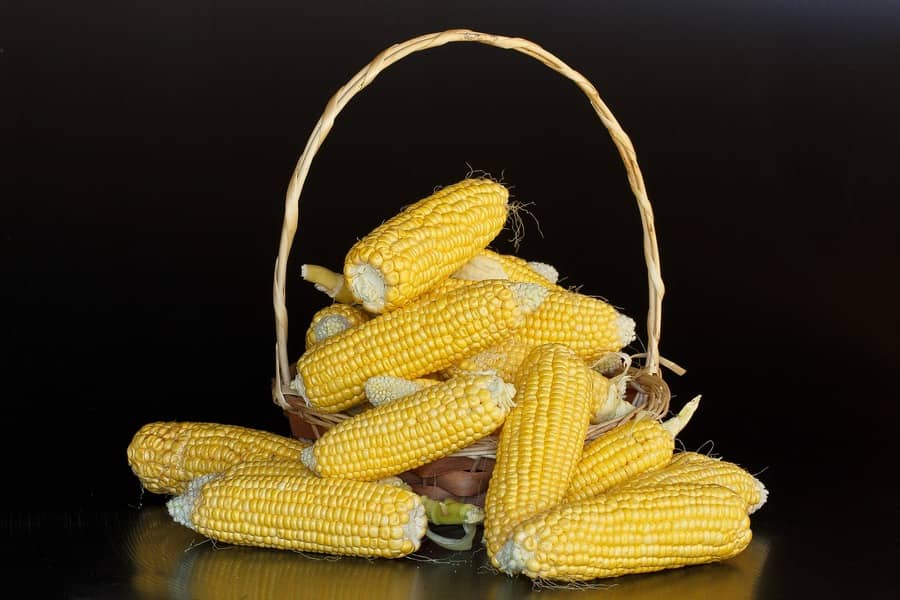Porto Alegre, November 9, 2021 – The Brazilian market arrives in November with consumers doing their job of ensuring supply. Imports can reach the target of 3 million tons with the potential volumes that may still arise in scheduled shipments from Argentina and Paraguay. The volumes of washouts carried out by trading companies served a good share of consumers in the South and Southeast regions from August through October. The summer crop started well and with a great window for the 2022 second crop, which is reassuring about future production. And the costs are very high, which has induced growers to get rid of more corn than expected at the moment. We have reached the time when the US crop has firm prices with its second-largest crop and Brazil has price lows with the worst crop losses in history.
The Brazilian corn market reflected the tight supply of the first half of the year with record prices. It reflected the production losses of the second crop with sharp price highs in July and August. We can say that, outside of second-crop contracts, the annual average of prices allowed growers to absorb high prices within domestic commercialization. This upward movement in prices, however, also brought a reaction from consumers, as domestic levels were becoming higher than export levels. The first move was to provoke washouts, which may have surpassed 10 million tons, that is, internal prices higher than export levels by BRL 15 to 20 a bag. Volumes that would go to export were converted into domestic supply. Consumers have lengthened their stock position at high prices.
Besides, they resorted to imports. Paraguay is already a traditional seller to Brazil, but it also had problems with its second crop. Retention was general, the Paraguayan market only delivered what it had already sold, and now, at the end of the year, it comes up with offers at low prices. They dropped from USD 320 CIF western Santa Catarina to USD 250/ton. With chaos in the second crop and Paraguay restricting sales, the market in Brazil’s Southern region turned to Argentina. Schedules were extended to the entire second half of the year and, even with the recent suspension of registrations in Argentina, scheduled shipments are guaranteed to Brazil.
Safras & Mercado expected that the Brazilian market would need 3 million tons of imports to bring its supply back to normal. According to official data from Secex, Brazilian purchases reached 1.86 million tons until October. With Argentina’s schedule of 230 thousand tons for Brazil in November, besides the normal input volume of Paraguayan corn, November may be over with nearly 2.4/2.5 million tons purchased abroad. Until January, there is a great possibility of reaching the target of 3 million tons.
Despite imports being restricted to the South region and in small volumes to the Northeast, the situation affects the domestic market in general. Farmers are emptying warehouses and selling corn. There are additional costs for this summer crop and for the second crop that are demanding higher corn sales. If we associate this selling pressure by growers with the slowdown of buyers in the South region, due to imports, we have the result of new lows in the domestic market this month of November. As long as growers continue to accept lower prices every week, it seems difficult to reverse this situation.
Meanwhile, the summer crop is in good condition so far. Some crops in the west of the South region are already silking and signaling the beginning of the harvest in January. The biggest volume will certainly be in February. In other regions, the planting is advancing in good windows and with more regular weekly rains. The question now is the weather for the coming few weeks, as most of the crop development in the South is progressing well, and continuation of rains in the coming few weeks. In fact, the rains in November are already more discreet, and attention is turning again to La Nina from now on. The expectation is that the rains are below normal in the southern region until the turn of the year.
The 2022 second crop has had a slow selling. Only this month there was a greater selling movement by Goiás, in particular. Second crop prices rose to BRL 65/75 in most growing regions, and this can help the purchase of inputs and planting decisions. There is no sign of retraction in the area to be planted, but with a clear decline in the technology to be applied.
Agência SAFRAS Latam
Copyright 2021 – Grupo CMA

